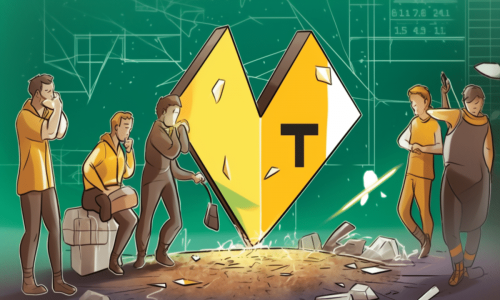
At this stage, flux was worth somewhere between $0.02 and $0.03. While past performance should never be taken as an indicator of future results, knowing what the coin has done in the past can help give us some much needed context when it comes to either making or interpreting a flux price prediction.įlux first came onto the open market in August 2018, at a time when the cryptocurrency market as a whole was settling down after the bubble of late 2017 and early 2018. Let’s now cast our eyes over the flux price history. Flux price historyįlux price history from launch to present. That said, since all coins are tokens, even if not all tokens are coins, references to such things as a flux token price prediction are not, strictly speaking, inaccurate. Perhaps most importantly, though, the Flux system has its own blockchain, meaning FLUX is very much a coin. Holding FLUX also enables you to run your own Flux Node on the network, meaning you can earn even more of the coin. The coin can be staked, bought, sold and traded. This means that computers solve increasingly complex mathematical equations in order to add more blocks to the blockchain and thus bring new coins into circulation.

FLUX coin is mined via a proof-of-work ( PoW) consensus mechanism. People do, however, have to hold FLUX in order to participate in these airdrops. The people behind the crypto take part in Flux-based airdrops on other blockchains, which can be accessed using Zelcore’s fusion app. This allows anyone to be rewarded for providing hardware to the network, from anywhere in the world.”Įvery blockchain needs its own native cryptocurrency and Flux has the FLUX coin. “Flux node operators can choose from three tiers of hardware requirements to stand up after providing the necessary Flux capital soft-locked in their wallet. Flux utilises a native POW (proof-of-work) coin to power this ecosystem, providing incentive for hardware hosters, governance on-chain, and bad actor mitigation via staking requirements for running hardware. It also has a wallet called Zelcore and a development program called FluxLabs.Īs the flux whitepaper says: “The Flux Ecosystem is a suite of decentralised computing services and blockchain-as-a-service solutions which offer an interoperable, decentralised, AWS-like development environment. This manages the network by verifying computer power, running, deploying as well as managing the DApps on the network. This network, founded by Tadeas Kmenta, Parker Honeyman and Daniel Keller in 2018, was originally called ZelCash and created as a hard fork from the ZCash blockchain, but rebranded as Flux in March 2021.įlux has its own operating system called FluxOS which is based on the Linux operating system. One platform that aims to do these things is Flux. Blockchains can also serve as a place for remote file storage, again not unlike the cloud.

Since blockchains both rely on and promote decentralisation, in a way not too dissimilar to cloud computing, this means that systems can become useful places for people to design and build their own decentralised applications ( DApps). One of the buzz terms in technology over the last few years has been Web3, the version of the internet which, depending on who you talk to, is either with us already or is about to take over the web.


 0 kommentar(er)
0 kommentar(er)
